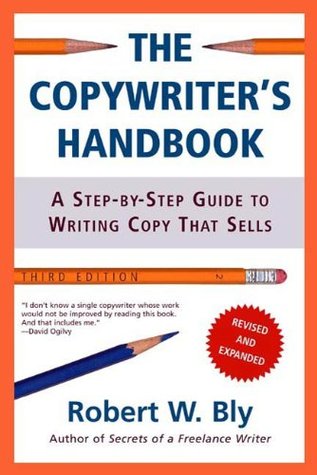More on this book
Community
Kindle Notes & Highlights
Read between
September 15 - October 31, 2018
urgent, unique, ultra-specific, and useful—
art directors
“Tell them what you’re going to tell them. Tell them. And then, tell them what you told them.”
Pincus begins with a headline that conveys a promise, shows how the promise is fulfilled, and gives proof that the product is everything the copy says it is.
Then he tells
the reader how to order the product and explains why the cost of the product is insignifi...
This highlight has been truncated due to consecutive passage length restrictions.
Be specific about the problem; be
vague and mysterious about the solution.
Is the copy interesting?
• Is it easy to read?
Is it believable?
Is it persuasive?
• Is it specific?
Is it specific?
• Is it concise?
Is it concise?
• Is it relevant?
Is it relevant?
Does it flow smoothly?
• Does it call for action?
Does it call for action?
AIDA, which stands for Attention, Interest, Desire, Action.
ACCA: Awareness, Comprehension, Conviction,
Action.
the 4 P’s: Picture, Promise, Prove, Push.
FALSE LOGIC”
advertising as “the art of getting a USP into the heads of the most people at the lowest possible cost.”
“getting a USP into the heads of the people most likely to buy the product, at the lowest possible advertising cost.”
1. Stress an underpublicized or little-known benefit.
2. Dramatize a known benefit in a compelling fashion.
3. Dramatize the product name or package.
Build long-term brand personalities.
To break through the clutter and generate a profitable response, direct marketing must make a big promise.
Your copy should reach prospects on three levels: intellectual, emotional, and personal.
BFD formula, which stands for beliefs, feelings, and desires.
“Start with the prospect, not the product.”
Price.
Purpose.
Audience.
Importance.
Familiarity.
Step 1: Get All Previously Published Material on the Product
Step 2: Ask Questions About the Product
Step 3: Ask Questions About Your Audience
Step 4: Determine the Objective of Your
Copy
copywriting, specifics sell.
1. Identify the Problem
Assemble Pertinent Facts
Gather General Knowledge


